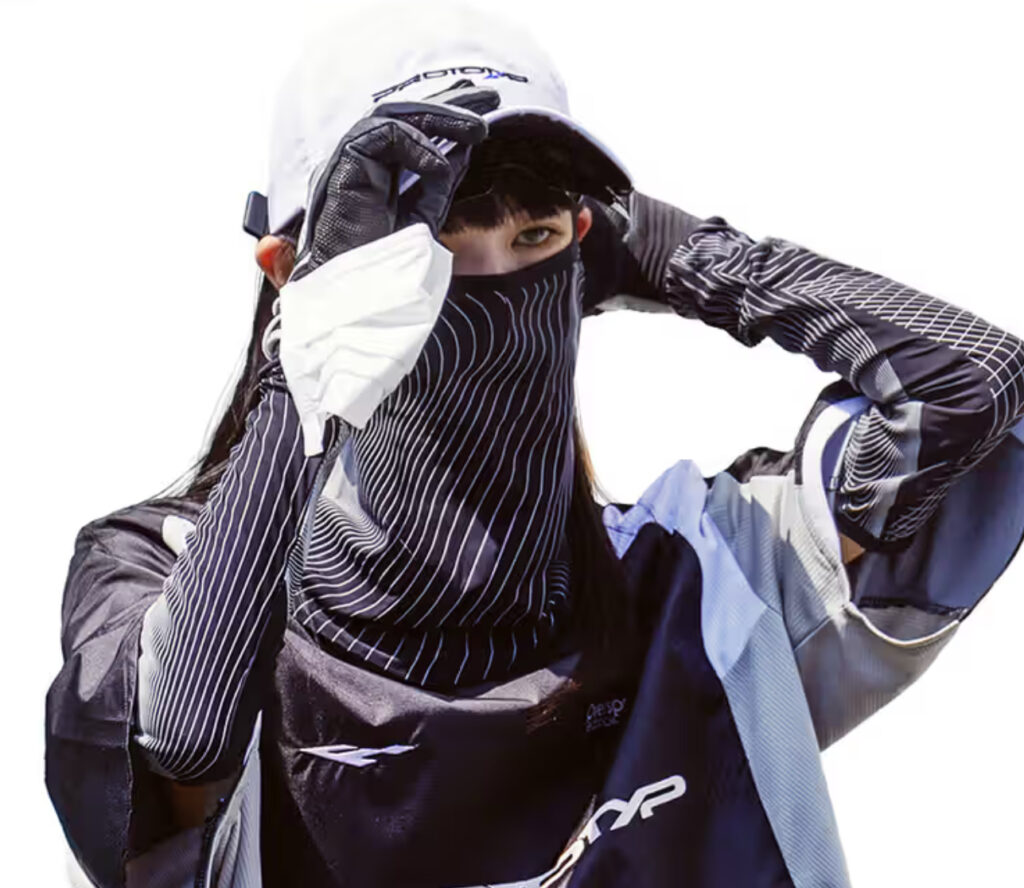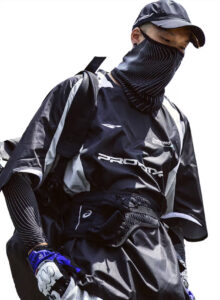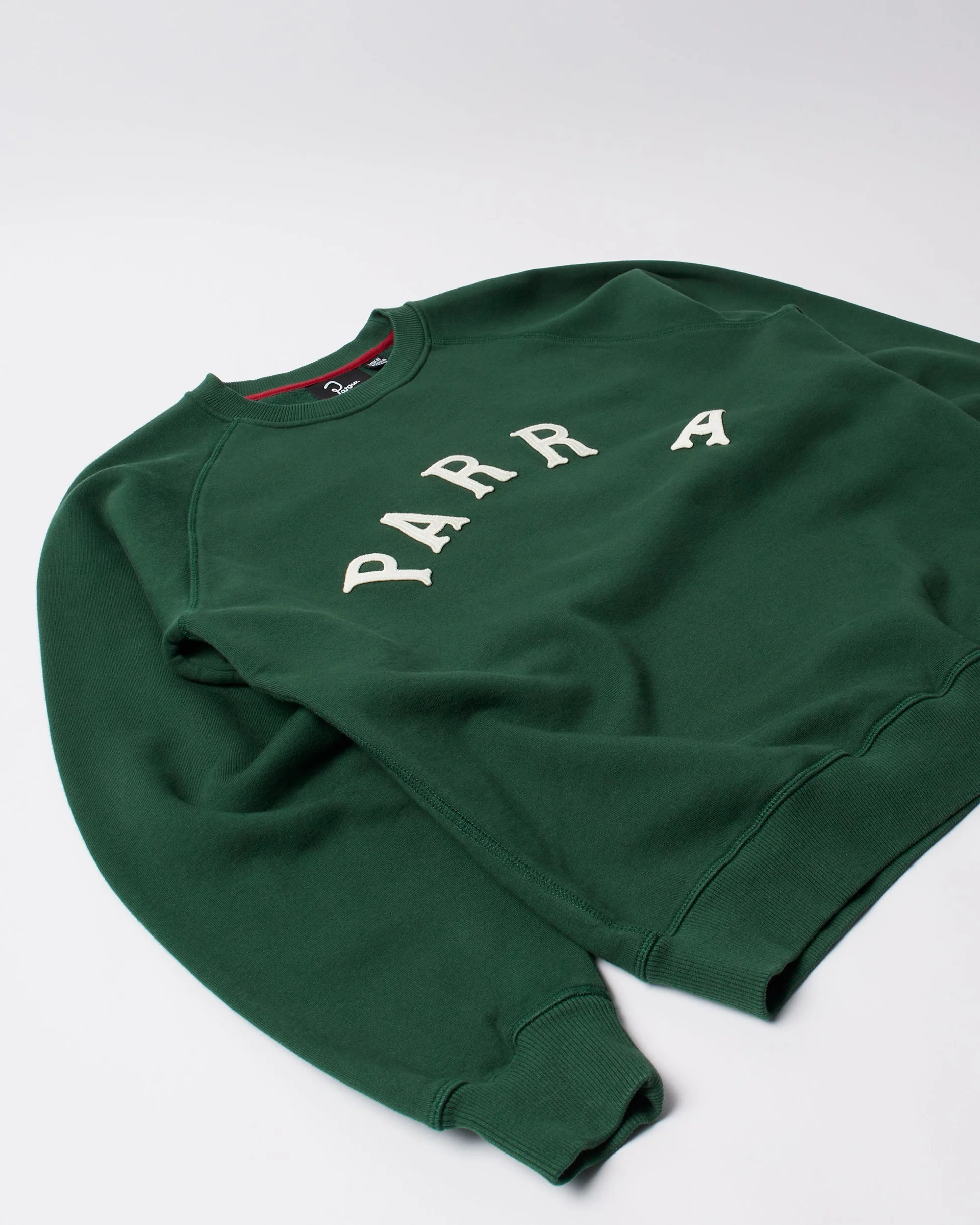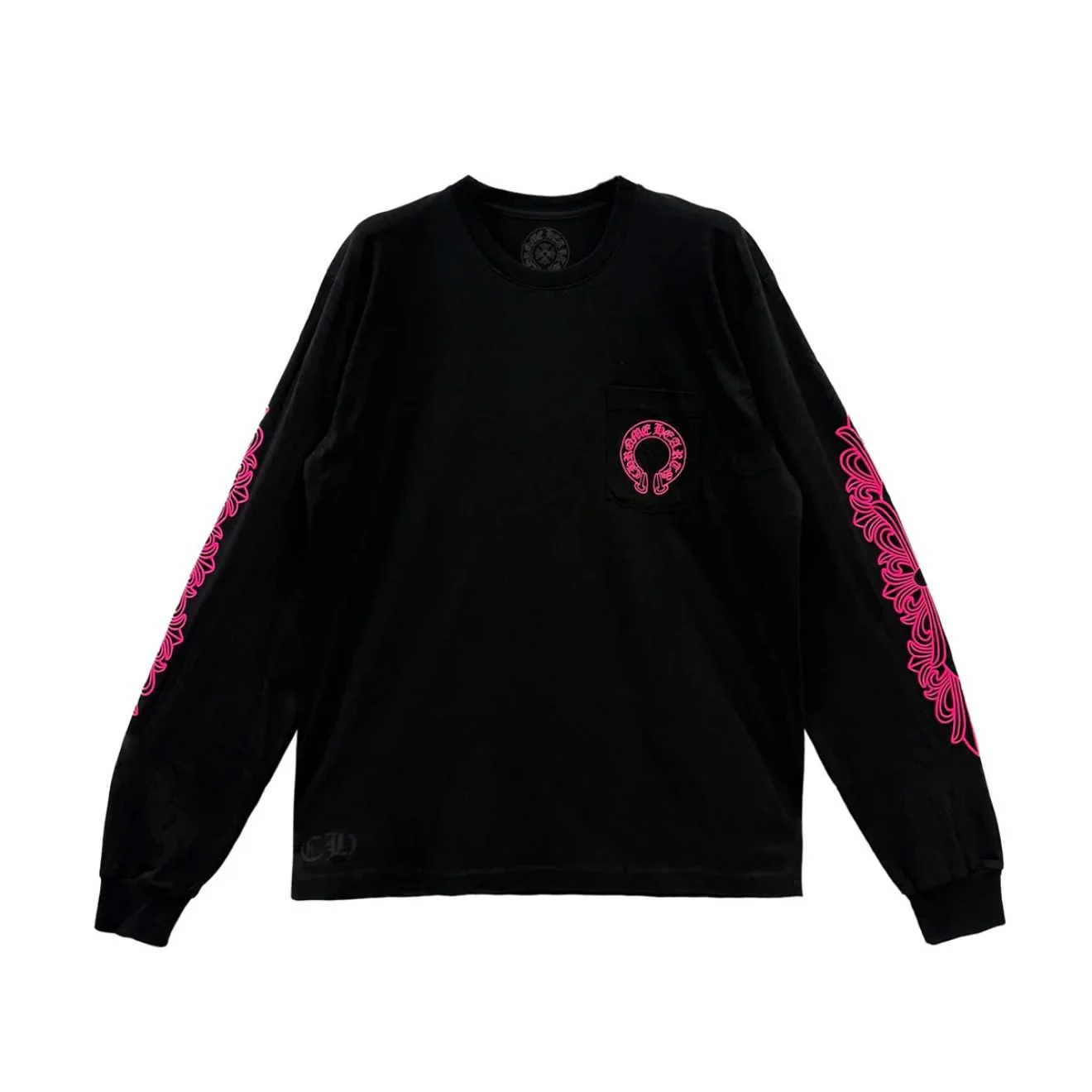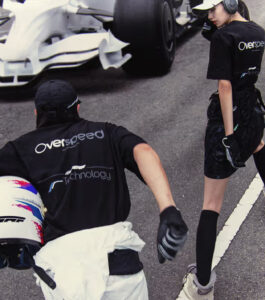
In the ever-evolving theater of fashion, there are brands that follow trends, and then there are brands that engineer them—refining not just garments, but the very architecture of imagination. For Spring/Summer 2021, Berlin-based label PROTOTYP delivered a collection titled Circuit that feels more like a technological performance than a seasonal release. Built around a fictional racing syndicate known as the Prototype Technology Company, the collection blurs boundaries between motorsport mythology, performancewear, and dystopian futurism.
Circuit was not just a fashion statement—it was a study in speed, speculation, and speculative identity. As the line between real and rendered continues to blur in design culture, PROTOTYP’s SS21 chapter arrived as a case study in narrative fashion: a collection that doesn’t just clothe, but simulates. Through engineered silhouettes, exaggerated utilitarianism, and subtle nods to fictional speed tech, PROTOTYP redefined the aesthetic possibilities of a conceptual pit crew—high performance in both tailoring and tale.
This editorial dissects the multiple layers of the Circuit collection: its inspirations, its fictional lore, its engineering, and ultimately, its place in the ecosystem of cultural design.
The Myth of Motion: Fictional Foundations
At the core of Circuit lies a story. Not one with plot arcs or protagonists in the traditional sense, but one sculpted through utility, anonymity, and velocity. The Prototype Technology Company (PTC), the fictional enterprise at the heart of the collection, is imagined as a clandestine race team—a para-industrial conglomerate born from post-war automotive black sites and experimental gear labs. Think Formula 1 meets cybernetics, filtered through archival futurism.
By treating the runway as a transmission corridor for this fictional team’s aesthetic signature, PROTOTYP doesn’t merely design garments—it designs roles. Every piece functions as a uniform, a modular component of a team that exists only within the mind of the viewer. Viewers become participants. The wearer is no longer a consumer, but an operative.
This narrative frame allows PROTOTYP to operate with conceptual freedom. There are no brand ambassadors or mascots. No celebrity faces. Only the blurred visors of unnamed pilots, the stitched call signs of vanished engineers, and the industrial echo of machines that never existed.
Aesthetic Engineering: Materials and Structure
Rather than literal racewear reproductions, Circuit fuses fantasy utility with urban function. Garments take cues from fire-retardant racing suits, but are tailored for street-level performance. The signature silhouettes are close to the body but not restrictive—engineered through seamlines that reference aerodynamics and heat dispersion. It’s not about cosplay—it’s about adaptation.
Key elements include:
- Structured flight jackets with mock-sponsorship panels referencing fictional corporations within the PTC ecosystem—names like CryoTorque and FrictionHaus embroidered in fragmented Cyrillic and ASCII-inspired glyphs.
- Tactical jumpsuits rendered in parachute nylon and Cordura with modular chest rigs, velcro-laminated fasteners, and asymmetrical pocket geometry—a nod to pit crew ergonomics.
- Engineered track pants featuring reinforced stitching at the knees and compression vent slits at the calves, simulating high-G movement adaptability.
- Glove compartments and elbow rigs, not for protection, but as design interruptions that emphasize the mechanical—garments built like exoskeletons.
Color palettes range from coolant grey and exhaust black to burnished orange and LED green, mapping the full spectrum of circuit behavior—from dormant to overheated. Fabric treatments included water-resistance layering, abrasion-fade texturing, and, in limited pieces, reflective foil interlays that mimic chrome burn.
The Symbolic Circuit: Typography and Branding Fiction
If Virgil Abloh turned quotation marks into a tool for meta-branding, PROTOTYP has done something equally clever with its faux-corporate glyphs. From tags to shoulder patches to embossed inlays, every element in Circuit speaks the language of speculative industry.
Instead of “fashion brand” logos, the collection features:
- Fictional supplier labels, like TRK-08™ Component Supplier Systems, implying a backstory of parts and partnerships.
- Regulatory stamps, such as ISO-PTC:2021 or Tier4 Burn-Class Compliance, suggesting a whole world of fictive safety standards.
- Geometric emblems, inspired by racetrack telemetry readouts, LIDAR mapping, and velocity vectors—symbols as kinetic as the imagined machines themselves.
Typography plays a central role in this myth-making. Fonts are chosen to evoke both militarized caution and open-source futurity. These symbols don’t just decorate the clothing—they simulate the bureaucratic skeleton of a corporation that never existed.
Performing Speed: Presentation and Media
While Circuit was conceived for SS21, its presentation eschewed traditional fashion cycles. Instead of a catwalk, PROTOTYP released a high-frequency short film intercut with in-studio captures and AI-enhanced render loops. Directed in collaboration with the Berlin-based visual agency MOTR, the film unfolds like surveillance footage from a decommissioned race lab—part noir, part feedstream, part motorsport eulogy.
The models, clad in the collection’s full uniform systems, move like mechanics rather than mannequins—wiping down consoles, scanning blueprints, torch-welding invisible chassis frames. Their identities are concealed: helmets down, visors smeared, radio transmissions glitching in the background. The viewer is never quite sure if they’re watching a team at work or at war.
The moodboard-turned-motion picture was released alongside a fictional engineering deck—a digital PDF zine styled as a classified operations manual. Inside: fake patents, exploded garment schematics, and cryptic design notes that read like fragments of an unfinished novel. It was fashion as alternate reality game, style as system simulation.
Why SS21? Why Now?
The brilliance of Circuit lies in how eerily it prefigured the anxieties of its time. Though presented in 2021, its themes of mechanized human identity, concealed labor, and techno-mythology speak directly to the present moment in 2025. We live in a time where automation is no longer future-speak—it is policy. Where brands simulate ethics through design systems. Where the boundaries between gear, uniform, and persona are fluid.
In this world, Circuit offers not escape, but mirroring. The collection doesn’t propose utopia—it proposes a wardrobe for navigating the collapse. In the age of late capitalism, PROTOTYP suggests, perhaps the only thing left to do is accelerate—elegantly, anonymously, and on your own terms.
Post-Circuit Legacy: Influence and Mutation
Since its debut, the Circuit collection has quietly influenced the broader landscape of conceptual streetwear. Brands from Seoul to Paris have taken note of PROTOTYP’s approach—its refusal to sell identity, its insistence on narrative architecture. We see traces of it in the techwear of ACRONYM’s newer offshoots, the simulation graphics of Cav Empt, and even in the aesthetic-laced releases of motor-forward fashion like Gentle Monster’s Grid Series or Oakley’s capsule with Fragment Design.
Moreover, Circuit has proved resilient in the resale and archival market. Pieces once dismissed as costume-like are now coveted for their durability, their storytelling, their embedded symbolism. A generation of collectors has emerged not merely for the garments, but for the PDF zines, the patches, the ephemera that accompanied the drop.
PROTOTYP itself remains enigmatic—refusing interviews, avoiding traditional retail, and existing primarily through encrypted webshops and coded social drops. Their disappearance from the mainstream has only strengthened the cult.
Designing for the Nonexistent
In a world saturated with content and collapsing attention spans, PROTOTYP’s Circuit reminds us of the potency of worldbuilding. By inventing the Prototype Technology Company, the brand didn’t just sell clothes—it sold an ontology. It asked: Who are you when you become part of a machine that doesn’t exist? What do you wear when your identity is reduced to a function, a protocol, a drive?
The answer, it turns out, is something like a jumpsuit of myth—sleek, scorched, and silent. Circuit was never about motorsports. It was about motion itself—about outfitting the self for speed, simulation, and spectral ambition.
And in 2025, as the circuit grows wider and more synthetic, PROTOTYP’s fiction still holds. After all, what is more fashionable than a future we can’t touch, but can wear?
No comments yet.

